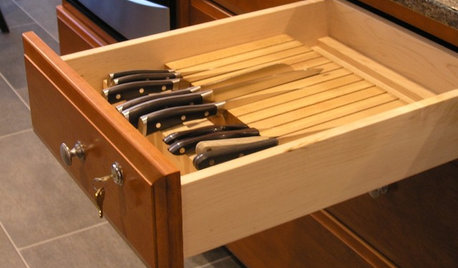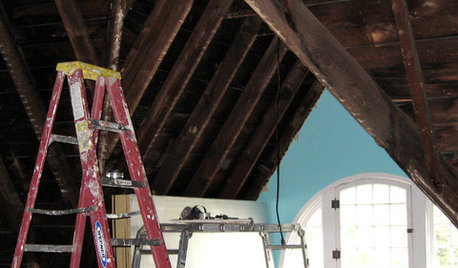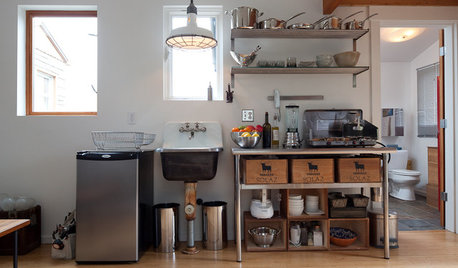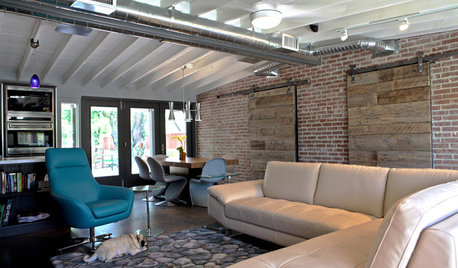I live in South Jersey, near Philly, and our existing furnace is 25ish years old, oil burning, and starting to fall apart. In replacing, we wanted to move to gas. I've gotten proposals from two contractors so far, and I'm rather lost. The NJ Energy Star program gives us up to a $5k rebate, and a $10k interest free loan, if we go through the program.
Existing furnace is 100K BTU oil furnace, estimated 80% Eff. Existing water heater is 40 gallon electric, .88 Eff, and 8 years old, and I've heard conflicting advice on if we should replace it or not. I think our house is 1800-2000 square feet. Electricity cost seems to be $0.16 per kWh after supply + delivery charges. I don't know the natural gas price as we don't have it yet.
Here are the proposals I've gotten, all of which include various amounts of air sealing / insulation.
Proposal 1
Modulating, variable speed, 60K BTU Carrier Furnace 59MN760V17-14
2-ton, variable speed heat pump Carrier condenser 25VNA024A003
Carrier evaporator coil CNPVP4821ATA
Carrier Infinity thermostat
Bradford White 50 gallon gas water heater .63 EF M1TW50S6FBN
$21113 total after rebate ($18,285 for the HVAC equipment, $5678 for air sealing / insulation, $2150 for water heater)
Proposal 2
Modulating, variable speed , 60K BTU Carrier Furnace 59MN760V17-14 (same as Proposal 1)
2-ton, 2-stage Carrier condenser 24ANB724A003
Carrier evaporator coil CNPVP3117ATA
Infinity thermostat
Bradford White 50 gallon gas water heater .63 EF M1TW50S6FBN (same as 1)
$17719 after rebate ($14891 for the HVAC equipment, same $5678 for air sealing / insulation, $2150 water heater)
Proposal 3
2-stage, variable speed, 60K BTU Carrier Furnace 59MN6A60V17-14
2-ton, 2-stage Carrier condenser 24ABC624A003
Carrier evaporator coil CNPVP3017ATA
Infinity thermostat
Bradford White 50 gallon gas water heater .63 EF M1TW50S6FBN (same as 1+2)
$15741 after rebate ($12913 for HVAC equipment, $5678 for air sealing / insulation, $2150 for water heater)
Proposal 4
Modulating, variable speed, Carrier Furnace 59MN7080-14
Variable speed 36K BTU Carrier Heat Pump 25VNA036
Carrier evaporator coil CNPV3717
Infinity thermostat
Optional Navien Tankless water heater NNR-180-ANG - $3500
$17155 after rebate with water heater, $13655 without water heater
Proposal 5
2-stage, variable speed, Carrier Furnace 59TN6080-14
2-stage 36K BTU Carrier Heat Pump 25HNB636
Carrier evaporator coil CNPV3717 (same as 4)
Infinity thermostat
Navien Tankless water heater NNR-180-ANG (same as 4, but not optional)
$15547 after rebate with water heater
Proposal 6
2-stage, variable speed Carrier Furnace 59TN6080-14 (same as 5)
2-stage Carrier AC 24ANB736
Carrier evaporator coil CNPV3717 (same as 4,5)
Infinity thermostat
No water heater
$11552 after rebate without a water heater
Proposal 7
Carrier variable speed furnace 59SP5080
1-stage Carrier AC 24ABC636
Carrier evaporator coil CNPV3717 (same as 4,5,6)
Honeywell VisionPro 8000 thermostat (different from all other proposals)
No water heater
$10904 after rebate without a water heater
I've read here that the ATA coils in proposals 1-3 are the old style, and we should request the new ALA coils. Does it make a big difference, or just something we should get because it should be a free upgrade?
The company for proposals 1,2,3 seems much more detail oriented towards their air sealing / insulation - they said exactly what they were going to do, where as company for the others said they'll bring in their subcontractors in for 9 hours to air seal. But then the price for 1,2,3 is significantly higher.
I was told that a Heat Pump would save us money, but reading these threads I see that's not necessarily the case, and may be unnecessary or even cost us more.
I was also told that a tankless water heater would save us a fair amount in heating costs, and make sure that we wouldn't run out of water.
I've read that a 2-stage furnace is better from a comfort perspective (but won't really lower energy costs, contrary to what I've been told), but what about a modulating furnace, or a 2-stage condenser vs a 1-stage condenser?
Any advice on which way to go here would be really appreciated. There are so many model numbers, and so many spurious claims, that my head is spinning.
















cindywhitall
Alexander TimofeyevOriginal Author
Related Professionals
Carson Solar Energy Systems · Hawthorne Solar Energy Systems · Maple Grove Solar Energy Systems · Maplewood Solar Energy Systems · East Hanover Solar Energy Systems · Keller Home Automation & Home Media · Pittsburgh Home Automation & Home Media · Riverside Home Automation & Home Media · Roselle Home Automation & Home Media · Sun Lakes Home Automation & Home Media · Tamiami Home Automation & Home Media · Douglasville Fireplaces · Hazel Crest Fireplaces · Norton Fireplaces · Simi Valley FireplacesAlexander TimofeyevOriginal Author
Alexander TimofeyevOriginal Author
david_cary
mike_home
Alexander TimofeyevOriginal Author
mike_home
Alexander TimofeyevOriginal Author
Alexander TimofeyevOriginal Author
mike_home
veesubotee
cindywhitall
SaltiDawg
Alexander TimofeyevOriginal Author
mike_home
SaltiDawg
Alexander TimofeyevOriginal Author
mike_home
weedmeister
david_cary
mike_home
Alexander TimofeyevOriginal Author
mike_home
Alexander TimofeyevOriginal Author
mike_home
12crumbles